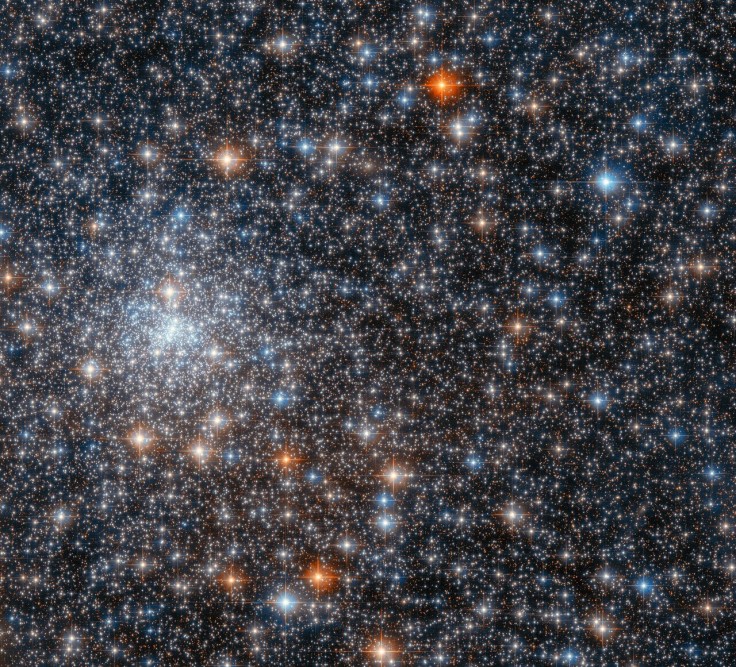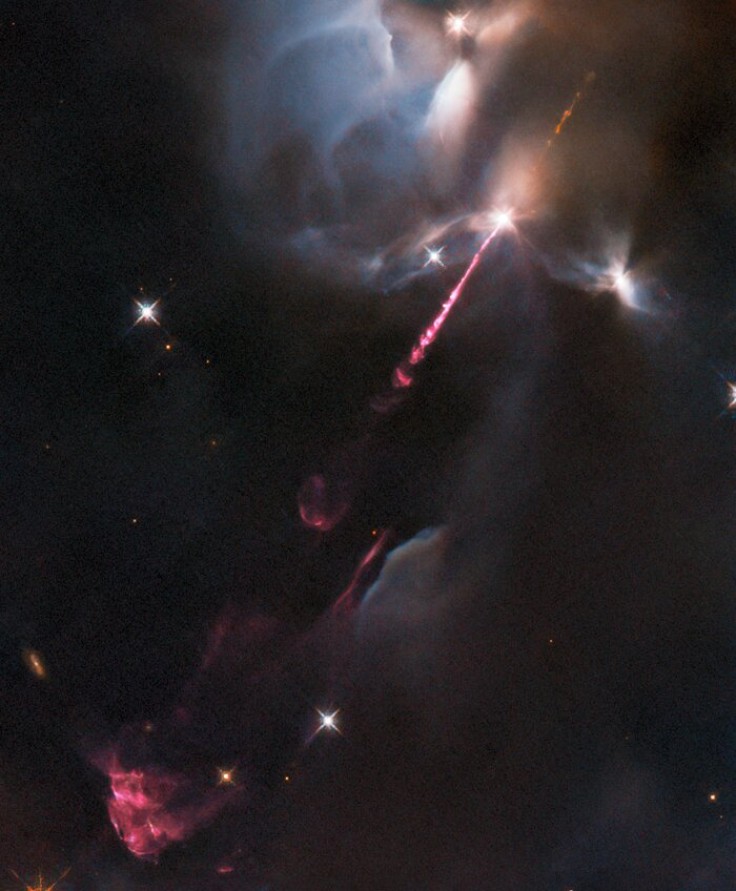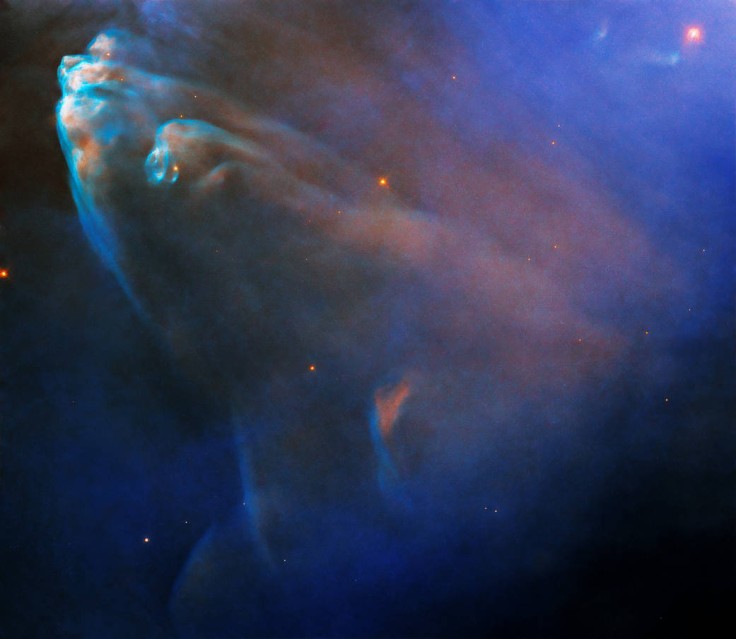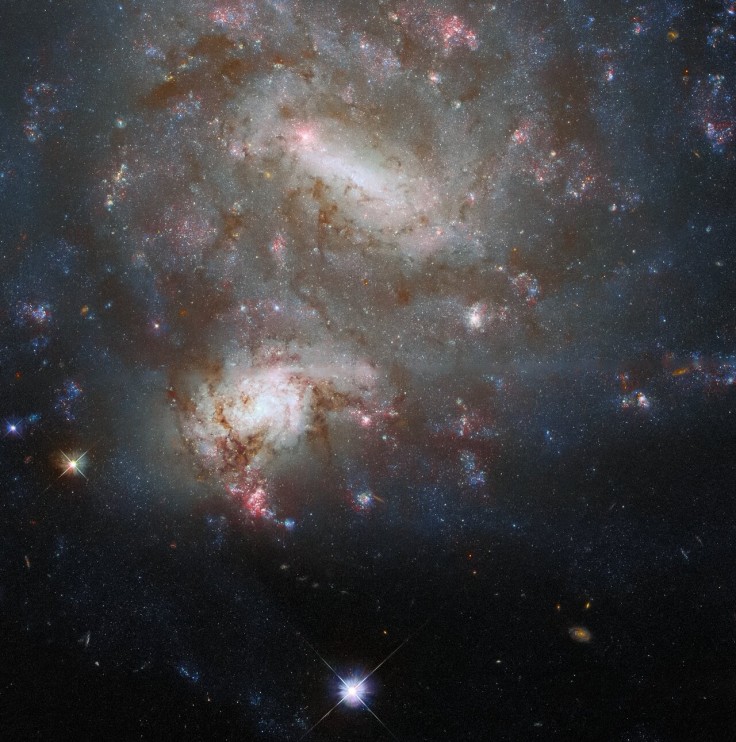The Hubble Space Telescope has taken a stunning new image of a densely packed cluster of stars in the constellation Sagittarius.
Hubble Space Telescope Captured Globular Cluster NGC 6558
Globular clusters, such as NGC 6558, are densely packed groups of tens of thousands to millions of stars that can be found in a variety of galaxies.

According to the European Space Agency (ESA), the globular cluster NGC 6558, as shown above, was photographed by the NASA/ESA Hubble Space Telescope's Advanced Camera for Surveys. NGC 6558, located about 23,000 light-years away in the constellation Sagittarius, is closer to the center of the Milky Way than Earth.
As you can see, the photo is sprinkled with stars of a wide range of colors. Some of this globular cluster's brightest occupants are surrounded by noticeable diffraction spikes, which are "imaging artefacts caused by starlight interacting with the inner workings of Hubble."
This image is based on observations of globular clusters in the inner Milky Way. Astronomers were interested in exploring these globular clusters to learn more about how globular clusters form and evolve in the inner Milky Way.
Other Amazing Photos Obtained by the Hubble Space Telescope

The Hubble Space Telescope has captured a breathtaking image of a laser-like jet of gas blasting off a very young star. The image was obtained by Hubble's Wide Field Camera 3, one of the space telescope's five scientific instruments. The photograph depicts the Herbig-Haro object HH34, which is 1,250 light-years away from Earth. It is located in the Orion Nebula. [read more in this report]
Read also: #SpaceSnap: Hubble Space Telescope Captures Amazing 'Space Triangle' Created by Colliding Galaxies

The telescope captured awe-inspiring gas clouds inside the Running Man nebula complex. The Hubble Space Telescope's favorite subject to shoot is nebulae, and these images have given scientists a greater understanding of what they are like. It captured this image that features a Herbig-Haro object known as HH 45. [read more]

A magnificent photograph of the Flame Nebula, also known as NGC 2024, was taken by the Hubble Space Telescope. NGC 2024 is a massive star-forming area located in the constellation Orion, roughly 1,400 light-years from Earth. The Orion complex is one of the most dynamic of the Milky Way constellations visible in the night sky. [read more]

The two galaxies in the picture, NGC 4496A and NGC 4496B, are known as "twin galaxies" and can be found 315.74 light-years away in the Virgo Constellation. The likelihood of them overlapping anytime soon is close to nil. This is because the two galaxies are so far apart. Despite appearing to be overlapping, the galaxies are light-years away. [read more]
This is called an Einstein ring, and those bright dots are not six galaxies, but three: the two in the middle of the ring, and one quasar behind it, its light distorted and magnified as it passes through the gravitational field of the two foreground galaxies. #HubbleTelescope pic.twitter.com/G2aVDOVG2K
— Dr. Shivani Saini (@sarcasticshivi) August 21, 2021
Three celestial bodies billions of light-years away were captured by Hubble, bending light to form an "Einstein Ring." The photograph shows six balls of light, four of which form a circle around a pair in the center. However, according to ESA, there are only three individual galaxies: two galaxies and one distant quasar. [read more]
Related Article : What's the First Ever Photo That the Hubble Space Telescope Ever Took?









